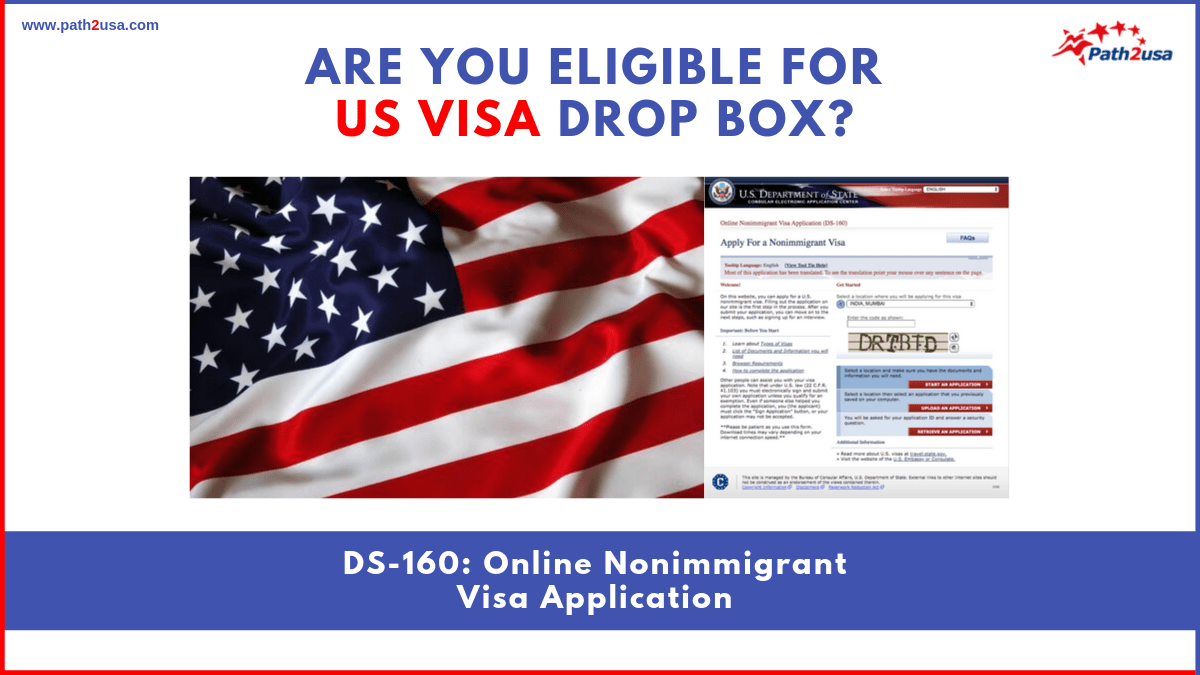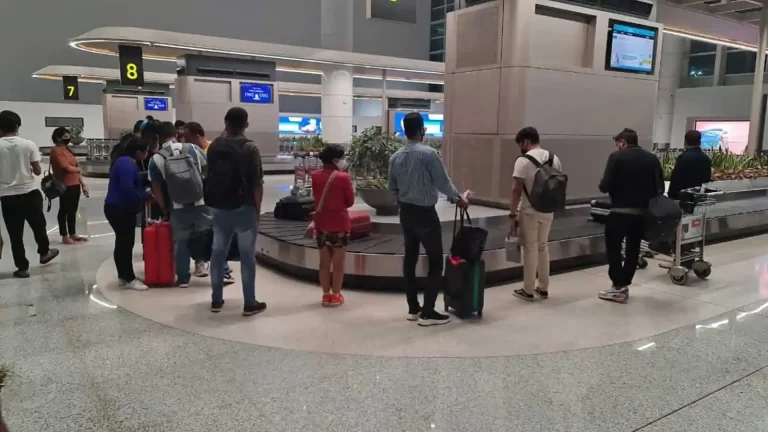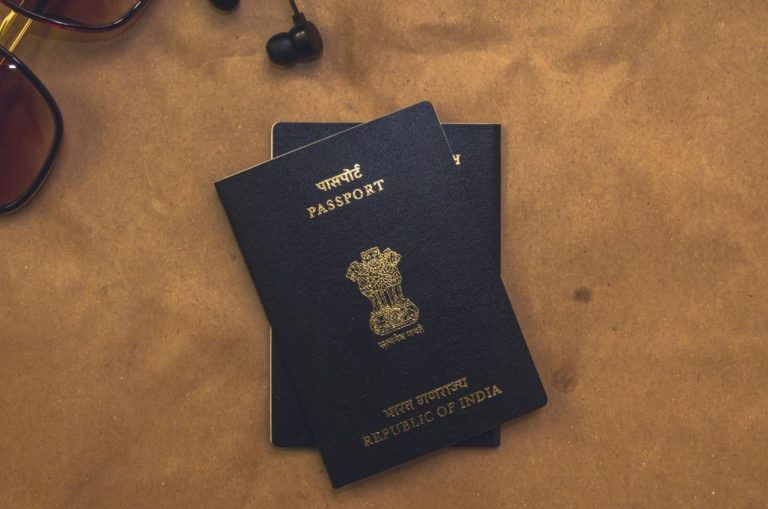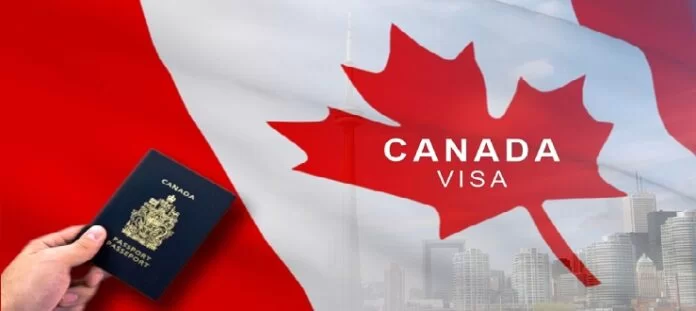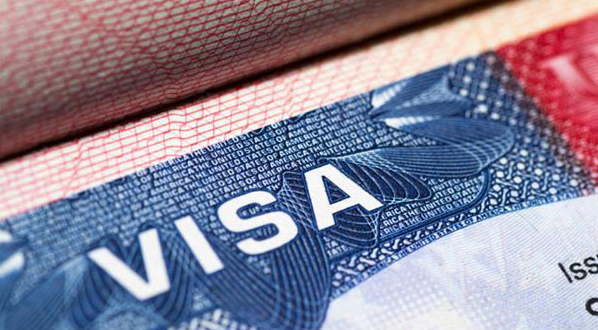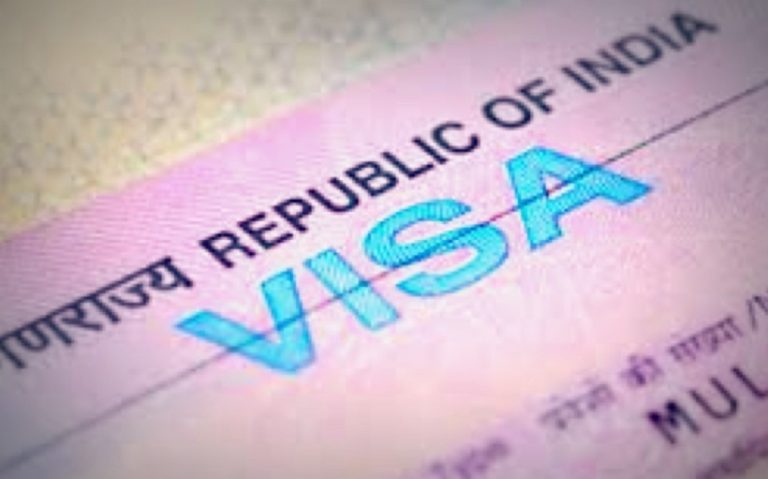Us Visa Requirements And Eligibility
If you want to work and live in the United States, you’ll need a U.S. visa authorizing your entry and employment status. Before applying, you’ll need to determine whether you are eligible for a visa and choose the correct visa category for your situation. After your U.S. employer or agent files your petition with USCIS, you’ll undergo security clearance and have to be interviewed at the U.S. embassy or consulate in your home country to complete the process, which may take several months from start to finish depending on which visa category you are applying under. US VISA REQUIREMENTS
How To Get A US Visa
An American citizen can enter a foreign country if he has a US visa. But, it is not that easy. The first thing to do before applying for a US visa is to check whether you are eligible or not to apply for one. There are certain requirements that an applicant must fulfill in order to be eligible for a US VISA ELIGIBILITY. Before applying for an F1 visa, you need to qualify as under.
What is the purpose of your visit?
This is pretty self-explanatory. If you’re planning to travel to a country temporarily, then your purposes are going to be very different than if you’re planning on immigrating there permanently. It might sound counterintuitive, but keep it broad. You can always narrow it down later on in an immigration application or visa interview if need be. If you have not yet decided which category applies best to your situation (or even if you have), make sure that business is one of your options in case none of them really seem like they fit all that well; asking for a business visa does not imply that your ultimate goal is to start a business once there!
Who can get a visa?
Individuals and families who are not citizens of countries in good standing with the U.S. Immigration Office can generally obtain a visa, but it’s important to follow protocol for each different visa category. There are two basic categories of U.S. visas: immigrant and non-immigrant (also called temporary). For example, an individual may be eligible for a visitor visa that allows entry into a country for limited purposes or with limitations on how long they may stay, while another person might receive an immigrant visa allowing them to live and work permanently in a foreign country.
Where can you apply for your US visa?
The US embassy or consulate is where you can apply for your visa, which involves three steps: completing and submitting an application, undergoing a security check, and attending an interview. The visa process can be rigorous. If you’re going to be required to attend a personal interview, make sure to go early (or even earlier), bring a document showing all of your travel histories for more than a year before applying, and prepare answers to common questions. It may also help to bring something from home—like a photo or piece of clothing—to help make things feel more familiar when answering personal questions. And if you have any confusion about what’s being asked at any point during your visit, never hesitate to ask for clarification!
Types of Visas
The United States has two types of visas: immigrant and non-immigrant. Both are identified by the type of visit. An immigrant visa means that a person will be immigrating to America; a non-immigrant visa means that a person is visiting America. The most common visas issued in 2011 were B1/B2 (visitors for business or pleasure) and F1 (student). Many people also apply for work visas, usually known as H-1Bs, which are used in specialty jobs where skills may not be available in the U.S., such as in certain fields of technology or medicine.
How long does it take to process your application?
The State Department will tell you on their website and give you an idea of how long it takes to process applications for each type of visa. From there, it’s a good idea to double that number, especially if you need your application fast-tracked or expedited (for example, if your upcoming travel is urgent or medically necessary). The State Department website can help clarify why visas take as long as they do and what factors may increase processing time. For example, people applying from countries with a high rate of immigration fraud are subject to additional screening measures. This can add weeks to your wait time.
How much does it cost?
The cost of obtaining a visa depends on which visa you apply for and where in India you apply. In some instances, it can take several weeks to process an application; fees are dependent on processing time. For example, an L1A visa for experienced and skilled professionals will cost US$525, but if your employer files the petition on your behalf, then they will also pay $2,325 as a filing fee. The K-1 fiancé(e) visa has different fees depending on whether or not your petition is privileged. If it’s privileged – meaning that you don’t live in one of 22 countries considered by the U.S.
Is there an age limit?
You must be at least 16 years old and younger than 31 to apply for a B-2 visa. The form doesn’t ask your exact date of birth, so round up if you are between those ages. At 18, you may no longer apply for a B-2. If you do, your application will be denied and it could negatively impact your ability to return to or visit America in the future.
If denied, what options do I have?
An individual should always consider first his or her appeal rights under US law when a visa is denied. In most cases, an applicant can apply for a waiver of ineligibility through an application process at any United States Embassy or Consulate abroad; however, each case is unique and it is important to seek legal counsel prior to applying for any relief that may be available to you. The following are ways in which an applicant may seek a waiver of ineligibility
